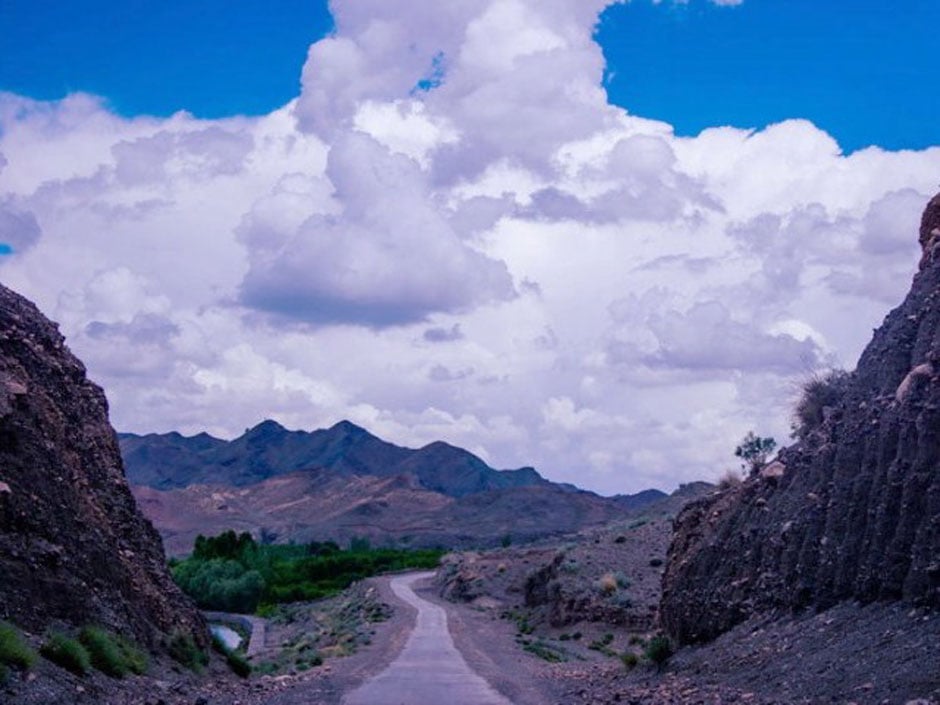
Senator Anwarul Haq Kakar and Tourism and Culture Secretary Zafar Buledi were also present on the occasion. Lashari said the WCLA would not only help the Balochistan government in restoring historical sites and buildings but also promote them internationally to boost tourism.
Balochistan chief minister appreciated the WCLA support and said: “The restoration of the Sandeman Fort would foster tourism in Balochistan, especially because it falls in the areas that lie on the route of the China-Pakistan Economic Corridor (CPEC).”
Kamal said the provincial government is taking revolutionary measures to uplift tourism and arts in Balochistan. Later, Zhob Deputy Commissioner Taha Saleem and the WCLA official signed a memorandum of understanding (MoU) for the restoration of the fort.
Zhob is located on the banks of Zhob River. The city was originally named Apozai after a nearby village
Fort Sandeman was named after Robert Sandeman, the first agent to the governor general of Balochistan. On July 30, 1976, then prime minister Zulfikar Ali Bhutto had the name changed.
Its population was 3,552, according to the 1901 census of India. The military garrison included a native cavalry and a native infantry regiment. It was also the headquarters of the Zhob Levy Corps.
In 1894 a supply of water from the Saliaza valley was established, allowing irrigation and planting of fruits and trees and providing drinking water. During the colonial era, the political agent resided in a building known as "the Castle" that lay to the north of the town and 150 feet (46 m) above the surface of the plain. The military lines, bazaar, dispensaries, and school lay below.
Published in The Express Tribune, September 15th, 2019.


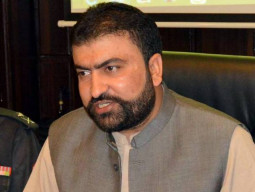
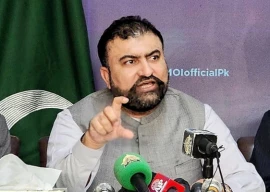

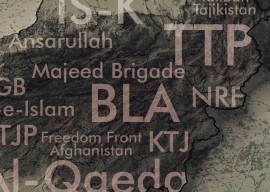

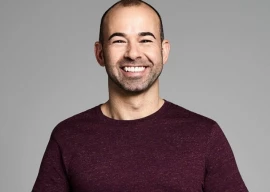
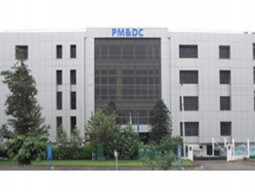
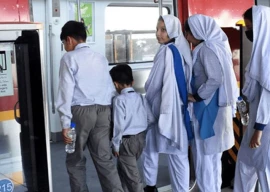
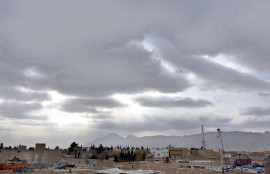
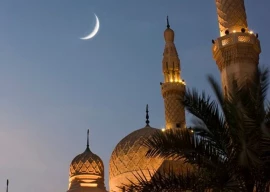






COMMENTS
Comments are moderated and generally will be posted if they are on-topic and not abusive.
For more information, please see our Comments FAQ